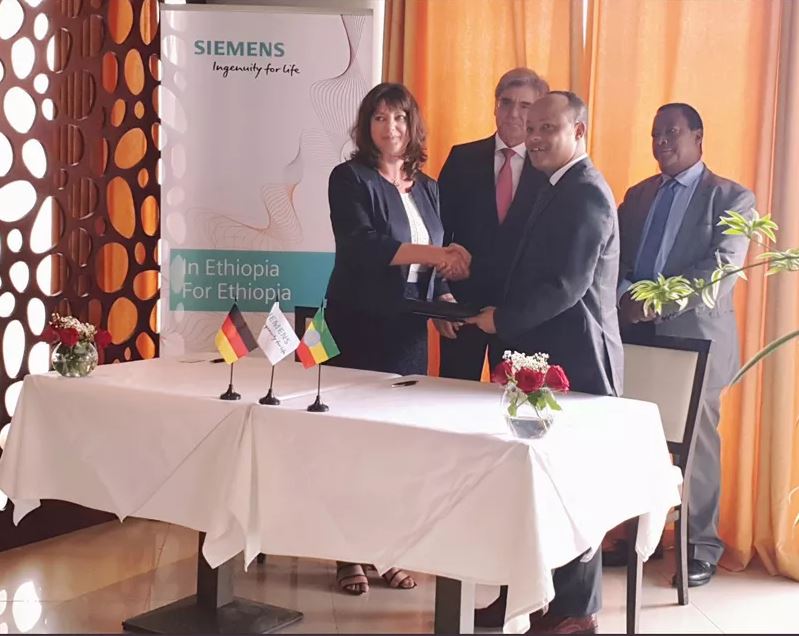

State-owned utility Ethiopia Electric Power (EEP) has invited private project developers to finance, and oversee the construction of Didesa hydroelectric power project.
The project company will be evaluated and selected on bid and tariff charges. EEP will then enter into a long-term Power Purchase Agreement (PPA) with the successful bidders for the entire capacity and electrical output of the projects.
The plant is estimated to have an installed capacity of 550MW, with annual gross energy generation capacity of 5,580GWhr, on BOT – Built Operate Transfer contract modality.
The project developers are to undertake additional site investigation information, design, construct, supply, install, test and commission, own and operate the power project.
Evaluation Procedure
Bidders who demonstrate technical experience and financial capacity in similar hydropower development must be accompanied by a bid security equal to US $3m with a complete set of bidding documents against payment receipt of non-refundable fee of US $181 by 12thJune
The documents are to be directed to Tesfaye Tamirat, Director of EEP Procurement, Logistics and Warehouses and submitted at Ethiopian Electric Power.
Hydropower, the main source of power in Ethiopia, produces about 88% of the electricity produced in Ethiopia It is estimated that the nation has the capacity to generate 45,000MW of power. Currently, 4,238MW of power is generated from 13 hydro, six diesel, one geothermal and three wind farms. .
The government plans to build 14 hydropower projects, which will have the capacity of producing 11,100MW of power at a cost of US $20.1bn. The currently under construction Great Ethiopian Renaissance Dam (GERD) is expected to generate over 6,000MW of power alone.
More news
- PART 2: CONCRETE IN THE DESIGN OF A UNIQUE LUXURY HOME IN GEORGE, SOUTH AFRICA
- PART 1: CONCRETE IN THE DESIGN OF A UNIQUE LUXURY HOME IN GEORGE, SOUTH AFRICA
- MVULE GARDENS, AFRICA’S LARGEST 3D-PRINTED AFFORDABLE HOUSING PROJECT
- PART 3: HARNESSING THE POTENTIAL OF HIGH SULPHUR FLY ASH IN CONCRETE PRODUCTION
- PART 2: HARNESSING THE POTENTIAL OF HIGH SULPHUR FLY ASH IN CONCRETE PRODUCTION





